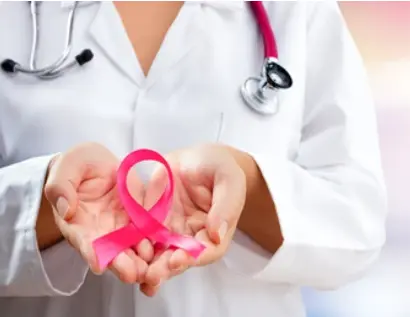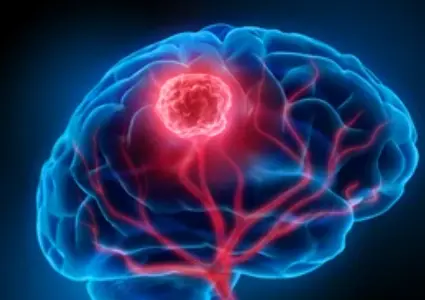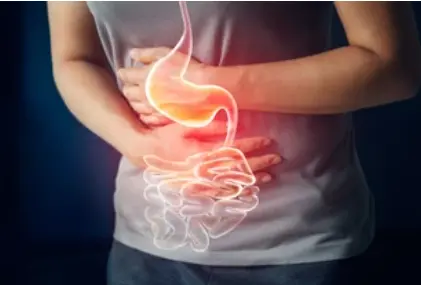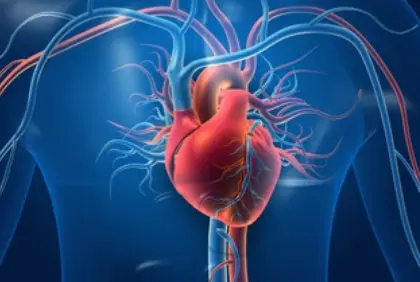 Welcome
Welcome
“May all be happy, may all be healed, may all be at peace and may no one ever suffer."
- A
- B
- C
- D
- E
- F
- G
- H
- I
- J
- K
- L
- M
- N
- O
- P
- Q
- R
- S
- T
- U
- V
- W
- X
- Y
- Z
Stroke - Generics
A stroke, also known as a cerebrovascular accident (CVA), occurs when there is a disruption of blood flow to the brain, either due to a blood clot blocking a blood vessel or due to a blood vessel rupturing and causing bleeding in the brain. The lack of oxygen and nutrients can cause brain cells to begin to die, leading to various neurological symptoms.
Symptoms of a stroke can include sudden weakness or numbness on one side of the body, difficulty speaking or understanding speech, sudden vision changes, difficulty walking or loss of balance, and severe headache. These symptoms typically occur suddenly and require immediate medical attention.
Treatment for a stroke depends on the type and severity of the stroke. In some cases, medication can be given to dissolve the blood clot or reduce bleeding in the brain. Rehabilitation and physical therapy may also be recommended to help regain strength and improve mobility and communication skills.
Preventing a stroke can involve lifestyle modifications, such as maintaining a healthy diet, getting regular exercise, and quitting smoking. It is also important to manage any underlying medical conditions, such as high blood pressure, high cholesterol, and diabetes, as these can increase the risk of stroke. In some cases, medication may be prescribed to help manage these conditions and reduce the risk of stroke.
If you suspect that you or someone else is experiencing a stroke, it is important to seek immediate medical attention. Time is critical when it comes to treating a stroke, and prompt treatment can help prevent serious complications and improve outcomes.

Post-menopausal osteoporo...

Renal cancers

Joint and muscular pains

Squamous cell or testicul...

Osteoporosis

Chronic idiopathic consti...

Arrhythmias

Endometrium cancer
Stroke, স্ট্রোক
To be happy, beautiful, healthy, wealthy, hale and long-lived stay with DM3S.